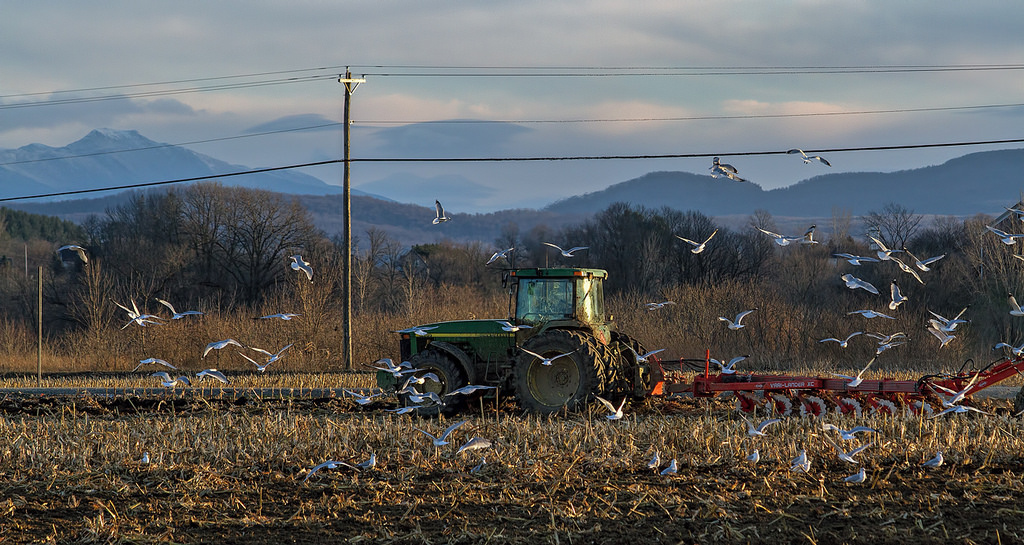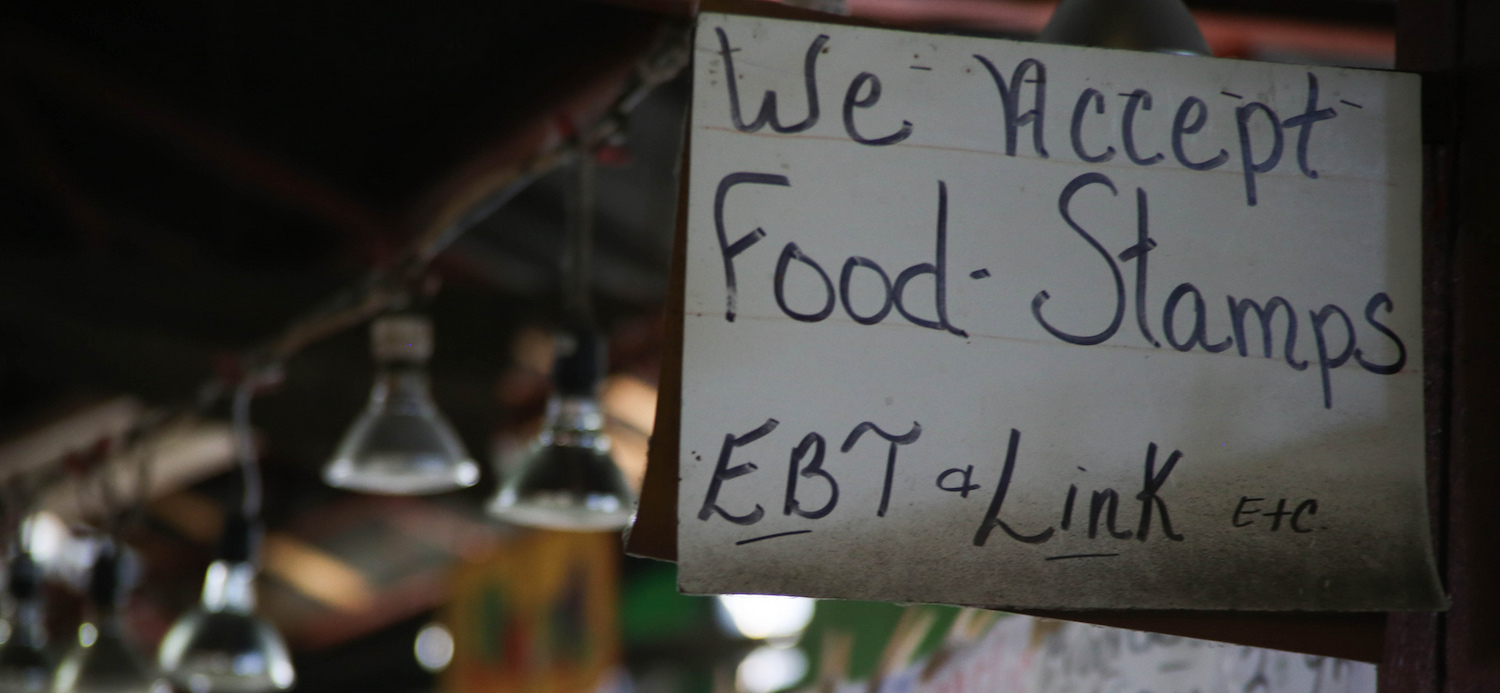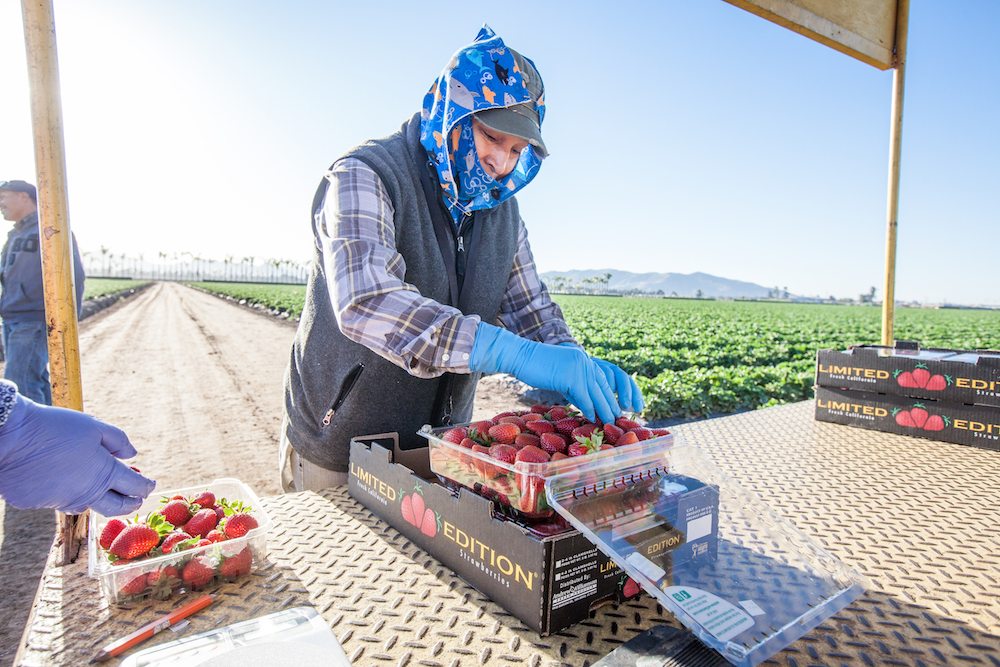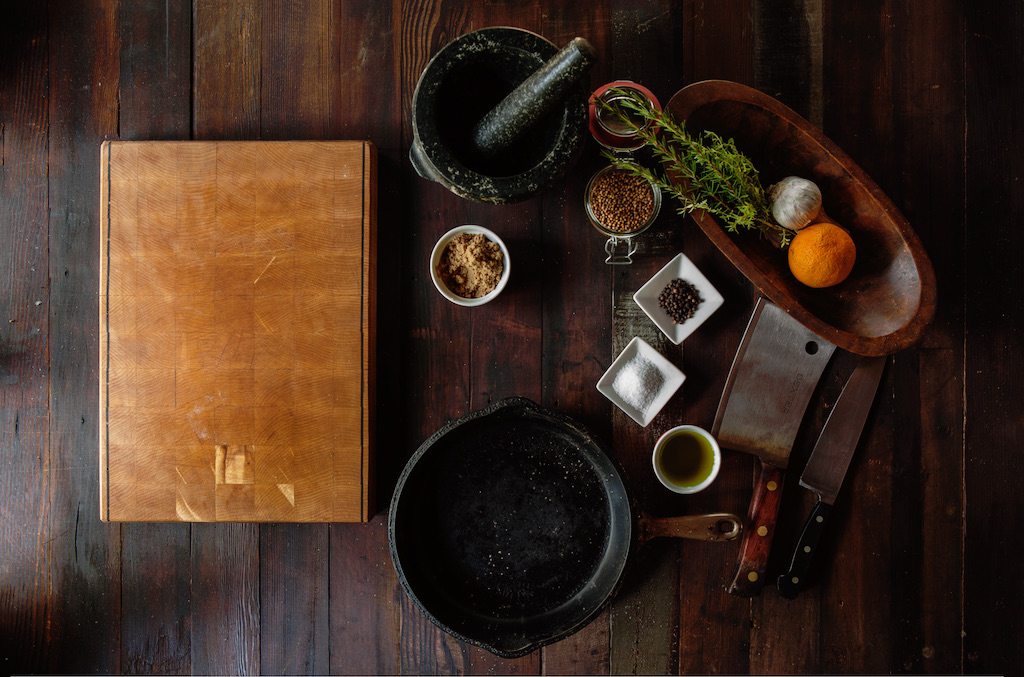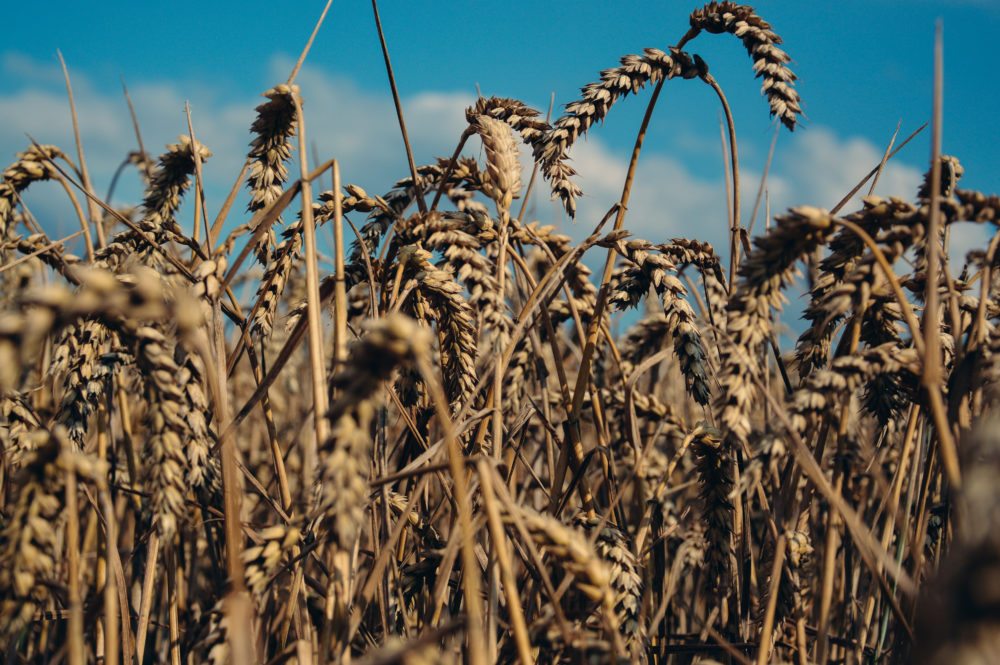President Donald Trump, who has recently been tossing out hats emblazoned with Make our Farmers Great Again! in John Deere green and yellow, brought his roadshow to Fargo, North Dakota, twice this summer. Both occasions were to stump for Kevin Cramer, who is running for Senate against Democratic incumbent Heidi Heitkamp in one of the most heated races in the nation. Shoring up support among farmers, often painted as the victims of a trade war with China because of punitive tariffs on soy, pork, and other agricultural exports, was clearly not far from the president’s mind.
Canadian farmers proved a useful foil: “Canadian wheat markets consistently discriminate against the United States’ wheat by grading it as feed … I don’t know what the hell [that] means. I just know it’s a bad deal,” he said as the crowd chortled at a Fargo rally in June. At a September fundraising event for Cramer, the president continued his courting. “Our farmers are very important to me,” he said. “Honestly, you’re really great American patriots.”
On the same day of Trump’s June rally in Fargo, more than 100 farmers, many of them riding tractors, gathered nearby for a counter-rally to protest the tariffs. That the event was organized by the state chapter of the National Farmer’s Union, a group that already tilts progessive, unlike the majority of U.S. farmers, who remain steadfast conservatives. Still, it wouldn’t take many farmers, or other rural voters, to tip toss-up elections in districts where disaffected suburban conservatives have fallen off the Trump bandwagon. Even in ag-heavy districts, the population of small cities and their suburbs tends to outweigh the rural vote, and certainly that of actual farmers.
The bottom line: Democrats would benefit heavily by siphoning off even a small number of rural Republican voters, but face an uphill challenge in doing so. And Trump is well aware that he cannot afford to lose any of his core constituents, especially farmers. So the president embarked on a 10-day tour in early October to campaign for candidates in states like Minnesota, Kansas, and Iowa—to try and head off a blue wave on November 6.
Besides his glowing rhetoric, Trump has thrown a few bones to farmers stung by the trade war. Among them: $12 billion in aid to compensate for farmers’ losses and loosening restrictions on ethanol use to create more domestic demand for corn, the nation’s top crop.
Meanwhile, negotiations to renew the expired farm bill have been put on hold until after the midterms, which means the legislation could be significantly reworked should Democrats take back control of one or both chambers of Congress. Democrats, for example, have been resolutely opposed to cuts in Supplemental Nutrition Assistance Program (SNAP) benefits that are a centerpiece of the Republican-led House farm bill.
Congressional agriculture committees would receive a partisan shuffle, likely buttressing federal support for sustainable agriculture and local food systems, which has largely flatlined since Trump took office. And to some extent, the administration’s hardline immigration policy—which has tenuous support in farm country because of its potentially disastrous consequences for the agricultural labor supply— hangs in the balance.
~
Counties that stand to lose the most in the trade war overlap with those with the greatest concentration of Trump voters, leading some pundits to conclude that China has deliberately targeted the president’s base. Heitkamp has made Cramer’s support for the tariffs a mantra of her campaign, but there’s scant evidence that conservative farmers will switch allegiances due to the economic pain of the trade war.
While the Cook Political Report still considers the North Dakota Senate race close, it recently downgraded it from a “toss up” to “leans Republican.” Heitkamp’s standing in the polls has diminished in recent months, with the latest figures showing her 10 to 12 points behind Cramer. Hot-button social issues seem to be driving the electorate more than ag-related concerns: Heitkamp herself has acknowledged that her vote against Supreme Court nominee Brett Kavanaugh may cost her the election.
Norris observes that “farmers are finding a way to rationalize the tariffs because they don’t want to sway from their partisan ideology.” Some farmers are starting to see losses from the trade war, he says, but notes that other market factors have kept fiscal disaster at bay. “If the low prices remain for a protracted period, it could be enough to drive them from their partisan leanings. But so far it hasn’t been dramatic enough.”
Norris says the real gold for Democratic candidates seeking rural votes this November is simply to show up and listen—an approach he says has finally taken root in Iowa campaigns.
“For the last several election cycles Democrats have had the attitude that they could make up for their losses in rural Iowa by getting more votes out in urban areas,” Norris says—a strategy that has clearly failed given the increasing dominance of the Republican Party in the state. “Democrats won’t win most rural counties, but we’ll struggle to win any elections if we lose them at the margins we have been. Candidates have to recognize rural voters’ existence and understand their problems.”
Democratic candidates may find a stone-faced reception among conservative farmers, but Norris argues that rural communities—which goes way beyond farmers—are quite receptive to broader progressive themes around healthcare, education and the social safety net. They may also respond to a vision for rural America that will draw people back to small towns, revitalizing the rural economy in the process—ideas that counter long-term trends and have little to do with a trade war and tariffs.
“It’s about getting rural folks to recognize that they’re not going to repopulate with corn and soybean producers, but they might be able to by creating more opportunities for alternative agriculture. There is a whole generation of people that are looking to reconnect with the soil. That’s where there’s room for growth in the farm sector and I think that’s a way Democrats can reach out to rural voters—population loss is the determining factor in a host of other quality-of-life issues.”
~
Compared to the Midwest, the political landscape of California is a different beast—except in the Central Valley, where agriculture is the dominant economic activity.
Denham opposes Governor Jerry Brown’s plan to send more Central Valley water to the Pacific Ocean, part of an effort to restore estuary habitat in the Bay Area. So does his Democratic opponent, Josh Harder, as it would be political suicide for him not to. Harder’s opposition has less gravitas, however, given that he and the governor are of the same political party. There’s also the fact that Harder, though he grew up in the 10th district, worked as a venture capitalist in the Bay Area until recently. According to a McClatchy analysis, just 1 percent of Harder’s campaign donations come from the district, while Denham is supported primarily by local agricultural interests.
“I think Harder is doing a good job and working hard, but does he fit the district like a glove?” asks Andrew Acosta, a Sacramento political strategist. “It’s an uphill sled getting farmers to support you if you’re a Democrat.”
Despite the apparent mismatch between candidate and electorate, Harder has maintained a slim lead in the polls. The most likely explanation for this contradiction relates to immigrant farm labor.
The 10th district is more than 40 percent Latino, which accounts for why Denham is the rare Republican who has supported a path to citizenship for undocumented workers, as well as the DREAM Act. He opposes the sanctuary city concept, however, and is open to building a border wall, stances that would seemingly kill his chances with Latino voters. The fact that they haven’t in past elections may stem from low Latino turnout at the polls. In the 2014 midterms, 10th district Latinos comprised 26 percent of registered voters, but only 14 percent of actual voters.
Can Harder energize the Latino electorate? And will Latinos who do go to the polls automatically vote for him? “You can’t just assume that Latinos all vote liberal,” says Acosta. “I’ve seen polling that says 30 percent of Latinos aren’t voting for the Democrat running for governor here, but with the energy around Trump it’s hard to predict what the turnout will look like. We’ll see.”
This story was published in collaboration with the Food & Environment Reporting Network.
